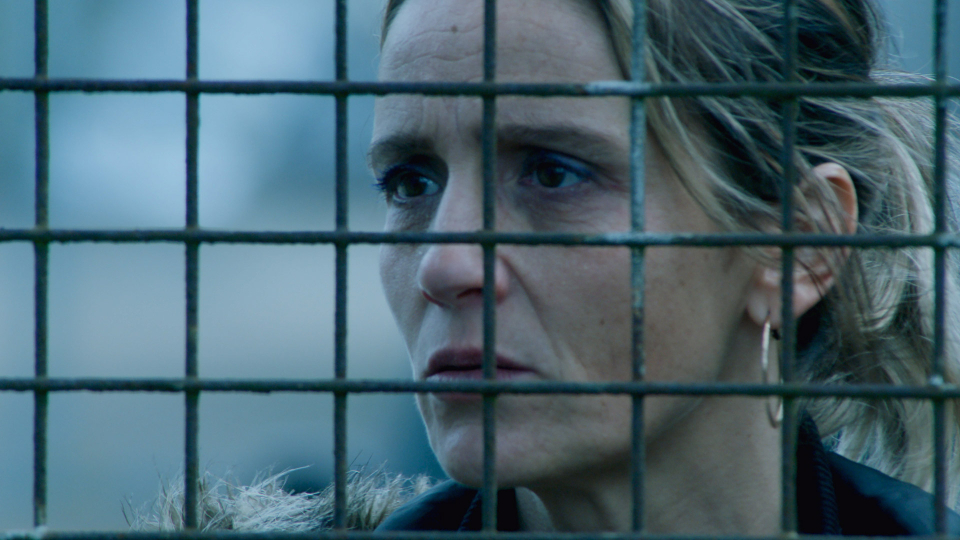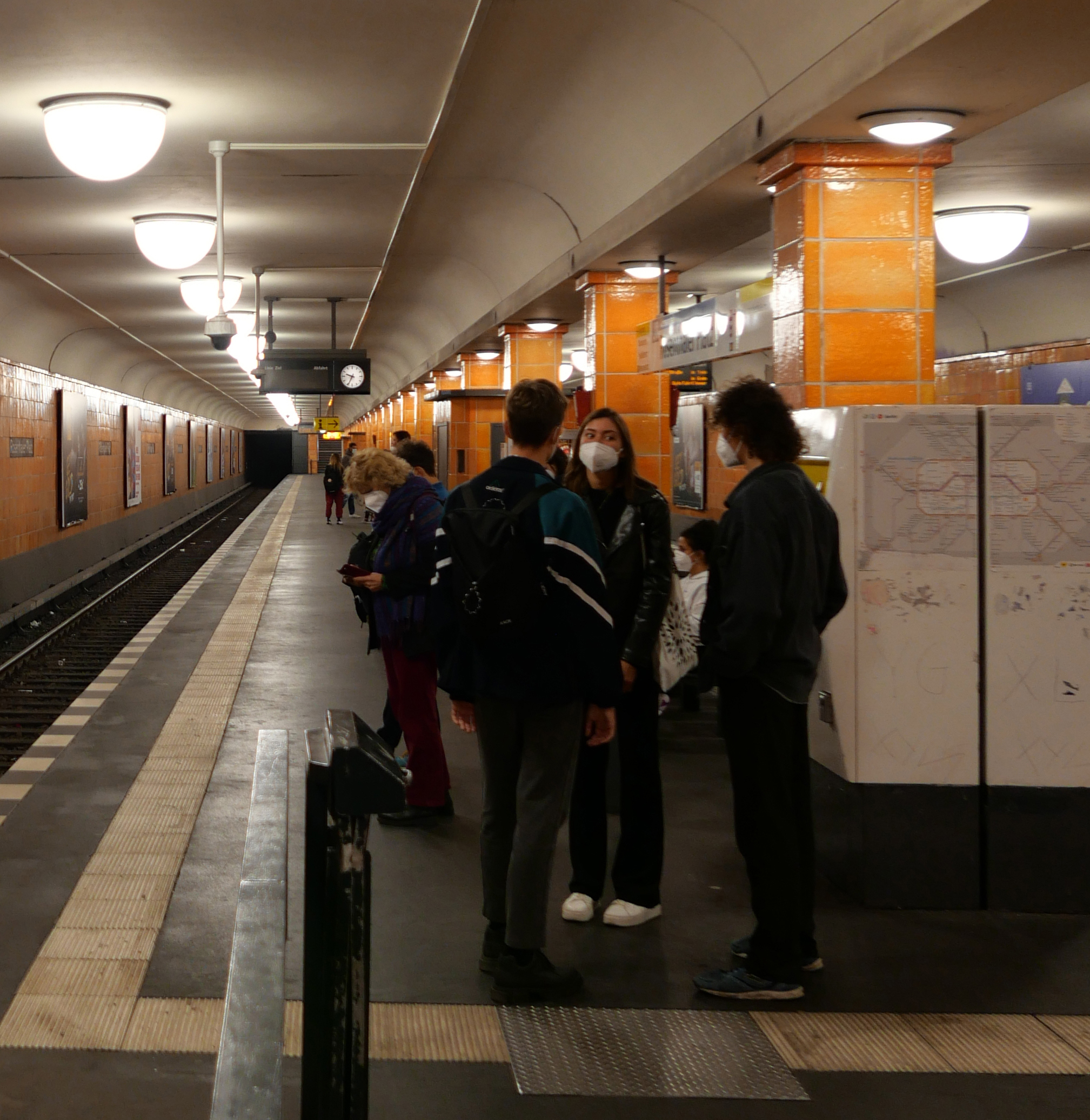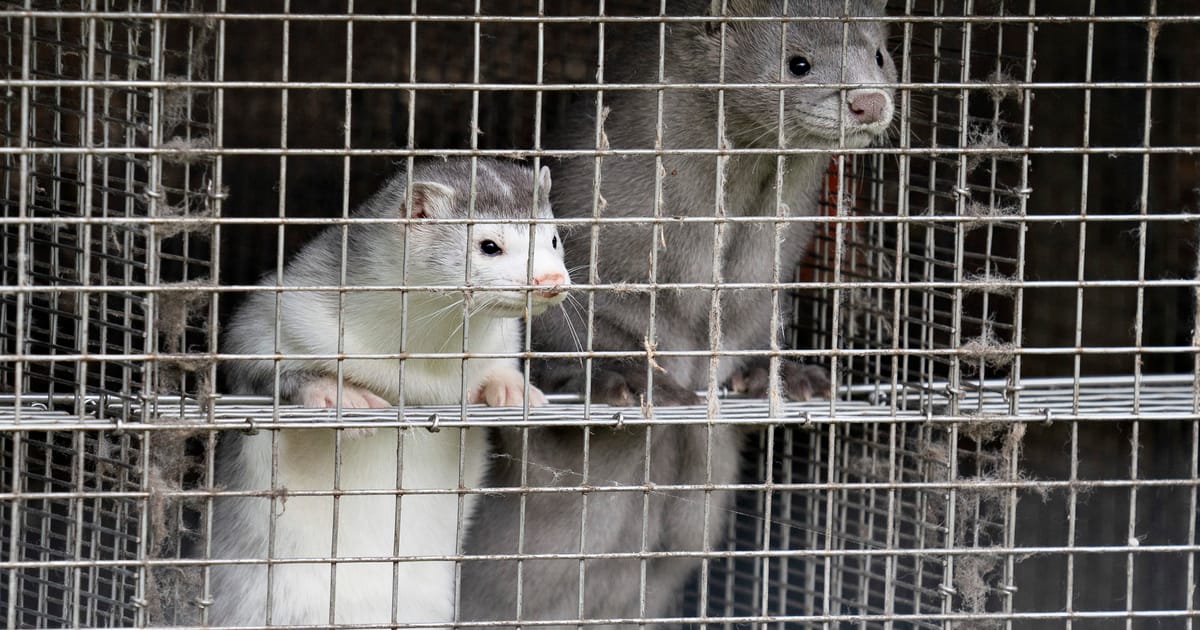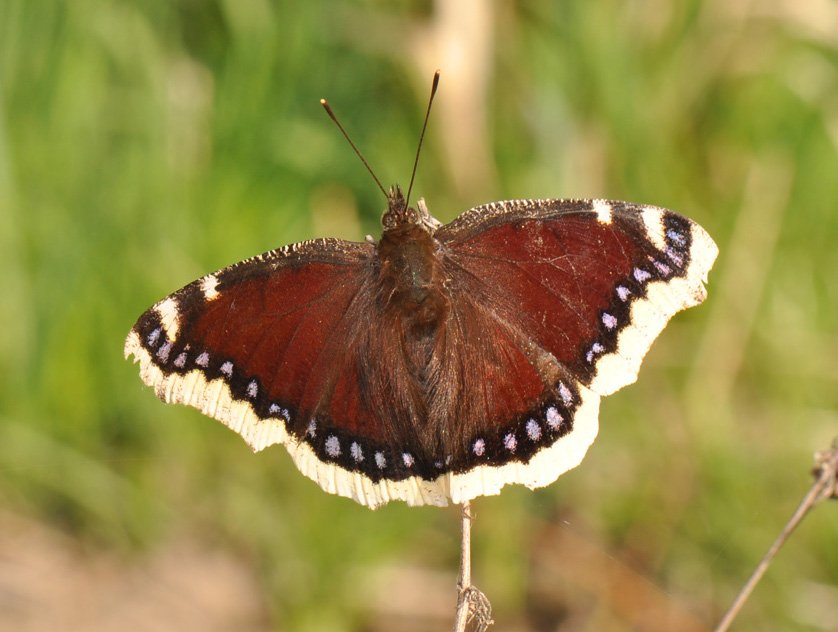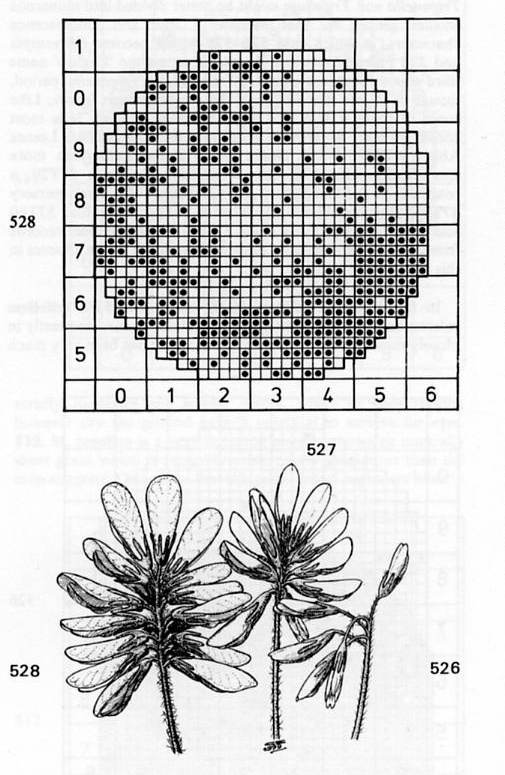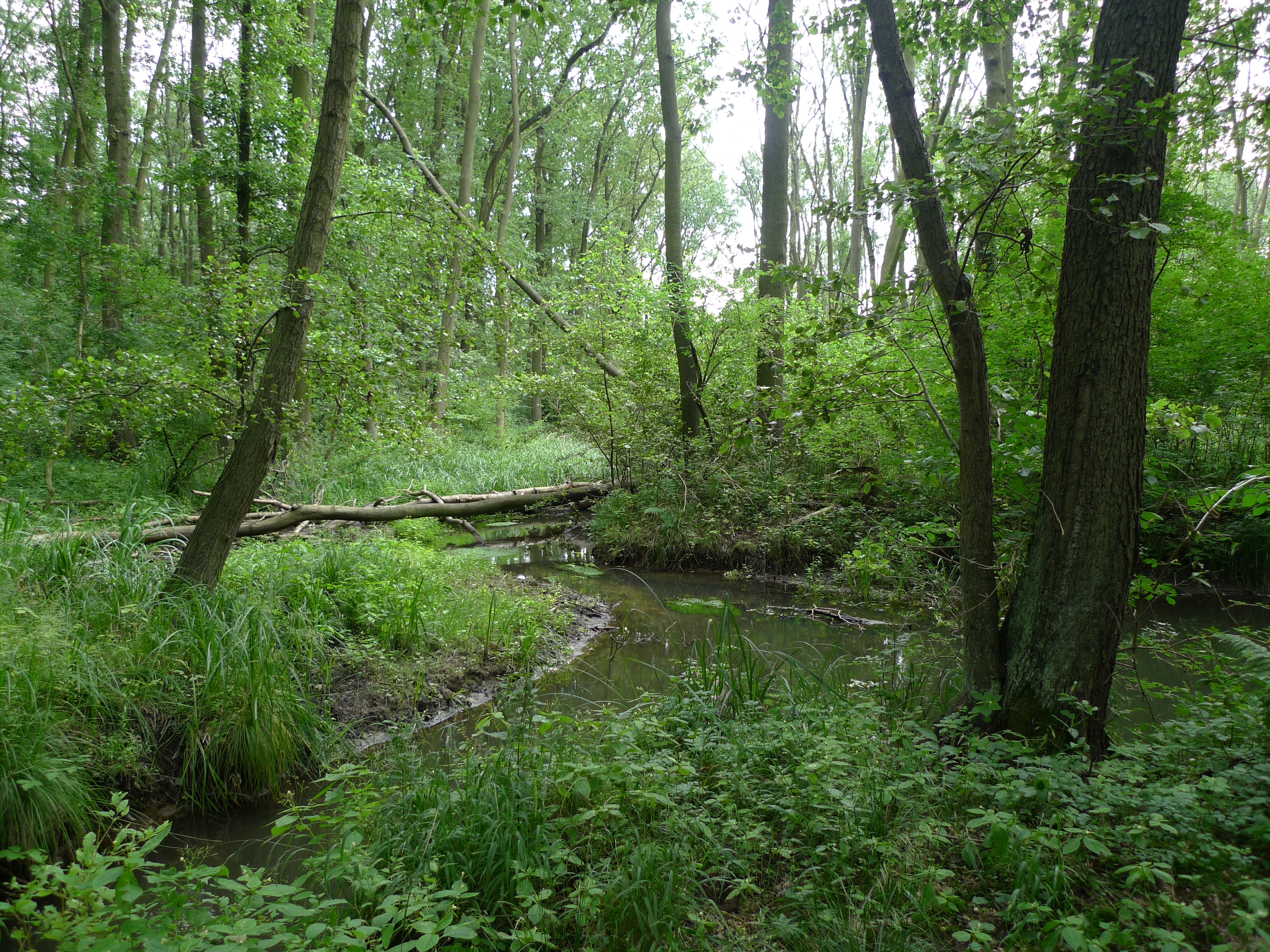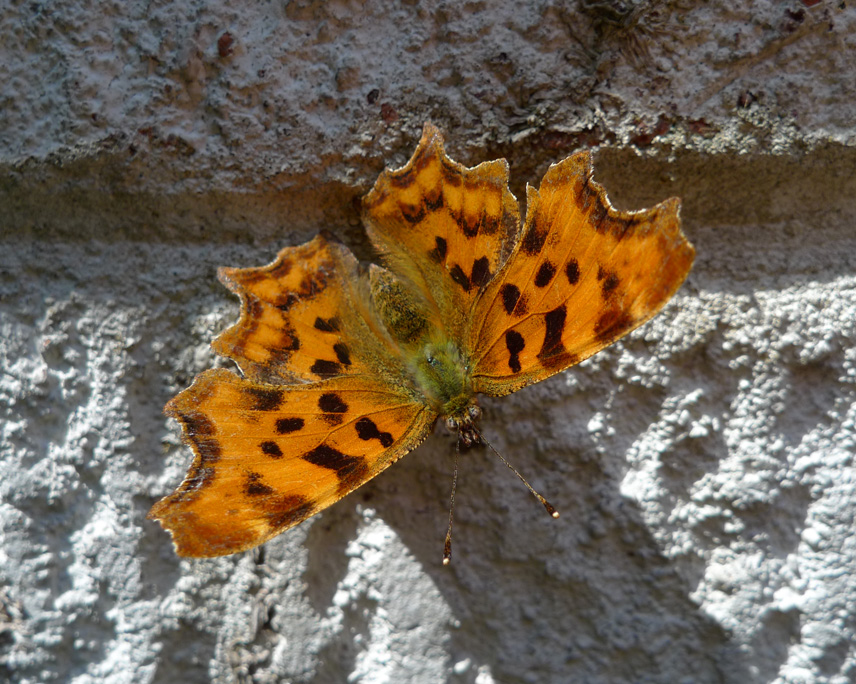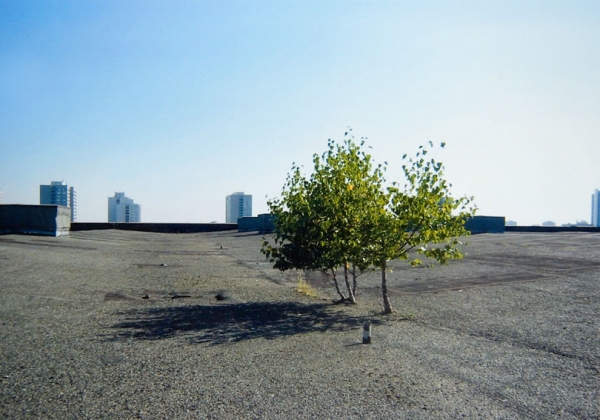In Great Yarmouth: Provisional Figures (2023) the Portuguese film director Marco Martins provides a devastating portrayal of post-Brexit Britain and the precarious lives of migrant workers. The screenplay draws on the testimony of former workers and is unsparing in its depiction of their humiliating conditions. The focal point of the film is a blood-soaked turkey processing plant where English workers are no longer prepared to do the dirty jobs. In one scene we see newly arrived Portuguese workers having their teeth and hands checked, in another they are huddled in the cold before dawn, waiting for a bus to transport them to the factory. The central character Tânia (played by Beatriz Batarda) is a former worker who has become a kind of gang master overseeing the needs of the migrants. She has been saving money by overcharging them for their dilapidated housing but she is swindled in turn by one of the workers, leaving her life in ruins. The scenes of live turkeys in crates arriving for slaughter are reminiscent of the startling realism in Charles Burnett’s classic depiction of a modern abattoir in Killer of Sheep (1978). The brutal fate of these bedraggled birds, anxiously peering towards the camera, underlines a generalized sense of hopelessness. The only counterpoint to the nihilistic mise-en-scène is a former nature reserve worker, now a virtual outcast, who has befriended Tânia. In a poignant moment he cradles an injured greenfinch and also lets her hold the bird. The films closes with his voiceover, a childhood lullaby “ten for a bird you must not miss,” the double meaning evoking the aim of a hunter’s rifle or a heart that cannot grieve.
Category: nature and science
The politics of masks
Over recent months I have been working in Berlin, Hamburg, and Munich. Passengers on public transport systems are required to wear masks in order to protect themselves and others from infection with the Covid-19 virus. Not just any mask but a medical standard FFP2 design should be worn (see my photo from the Berlin U-Bahn). I have very rarely seen any passengers without masks apart from an occasional nose on display or the odd maskless mobile phone user (much to the irritation of other travellers).
In Germany the Covid-19 pandemic has focused attention on the need for competent science-led public policy marked by ambitious forms of large-scale governmental intervention to protect both public health and the economy. It is arguable that a political swerve towards calm deliberation and rational decision making may even have contributed towards the surprise outcome of the German federal elections last September when Angela Merkel was suceeded by Olaf Scholz as chancellor. More broadly, critical scholars such as Andreas Malm have asked whether the same level of seriousness in policy making might be applied to other threats such as climate change.
Whenever I return to London, however, I am shocked by the lack of compliance with public health measures. Although mask wearing remains compulsory on London’s public transport system perhaps only half of the passengers make any effort to comply. In the UK it appears that public health messaging has been steadily disintegrating for months, driven in part by the steady stream of revelations of rule breaking by law makers. In the place of clarity and cooperation a sense of confusion and cynicism has taken hold. It is worth recalling that some of the highest death rates from Covid-19 in the UK by occupation have been experienced by public transport workers and other front line staff who deliver essential services. To wear a mask is an act of solidarity with vulnerable workers as well as other passengers. The mayor of London, Sadiq Khan, has recently reiterated the requirement for people to wear masks on public transport but the police claim that they lack the resources to enforce these public health measures. Earlier government aims to control or contain Covid-19 have been quietly abandoned on the grounds of political expediency bolstered by spurious herd immunity arguments. Disparities in public health policy between England and other parts of the UK have been deliberately exploited to revive forms of English nationalism that have helped shore up support for Johnson and his acolytes within the Conservative Party. We have somehow moved from what might have been a form of science-led public health policy towards a very different kind of social and political configuration led by shifting alliances on the right of British politics.
Consider the mink
One of the saddest non-human spectacles in relation to the Covid-19 pandemic has been the mass cull of mink on Danish fur farms in the autumn of 2020. The fate of 15 million mink, which were believed to harbour the C5 variant of the virus, illuminates some of the hidden dimensions to the global “zootechnosphere,” to use the historian Chris Otter’s phrase, and the treatment of non-human others.
The images of these huge fur farms – Denmark is world’s foremost producer – remind us that the significance of the post-Fordist economic transition towards more dispersed or flexible forms of production has been over-stated in relation to capitalist agriculture. The use of large-scale mass production remains very significant for the production of food and many other commodities. The fate of these animals highlights the hidden violence towards animals under modernity that is largely occluded from the sphere of consumption and everyday life. The practical problems in disposing of millions of dead mink are reminiscent of the eerie funeral pyres for cattle slaughtered in the UK in response to the foot-and-mouth outbreak of 2001, in another controversial mass killing of otherwise healthy animals. As in the case of the mink, the underlying reasons for this thanato-biopolitical response are rooted in the unprofitability of caring for unsaleable animals or their products. The use of a cull can be conceived as a brutal kind of corporeal devalorization in which these animals become too expensive to keep alive, despite evident public unease and wider political reverberations.
As the philosopher Clare Palmer shows, the question of animal ethics is often framed by specific situations: the treatment of an animal in a zoo, for instance, is likely to be very different to those confined within industrialized facilities. The question of human obligation to protect animals from harm is clearly context specific: it is rare, for example, to observe human intervention to prevent death or suffering of animals “in the wild” but when non-human others fall under our power or control the ethical questions become more complex and more pressing. It is, after all, the violence of human interactions with nature, and with animals in particular, that has provided the multiple “spillover zones” for many of the most dangerous zoonotic threats under modernity.
Covid-19
I was wrong about the Covid-19 virus. On Friday 6 March I met with my students in Cambridge to reassure them that I had every intention of taking them to Berlin for their overseas field class: at that time there were just 8 recorded cases of the coronavirus in Berlin and there seemed little reason to simply cancel the planned trip. Just 24 hours later I had changed my mind. The latest figures from the Robert Koch Institute indicate over 2,000 cases of the virus in Berlin (with over 53,000 cases across Germany as a whole). All of the cafes, museums, and restaurants that we would have visited are closed. As a group of 25 people all of our planned field excursions to parks and nature reserves would have been illegal.
As I write this blog I am sitting at home in Stoke Newington in North London. Under placid blue skies there is an apprehensive atmosphere. Many people wear improvised face masks. Some strangers swerve to avoid each other in the street whilst others walk towards you out of defiance towards new rules on social distancing. The few shops still trading have long and anxious queues snaking into side streets. The other day an army truck trundled down Church Street as if a distant coup was underway but not yet announced to the wider population. Strange notices appear such as anti-jogging signs in the local park. Accumulations of refuse suggest that public services are beginning to fray under the pressure. At night the city is quieter than I have ever known—the silence is broken only by the sound of foxes and distant ambulance sirens.
The coronavirus pandemic is already revealing stark differences in the public health preparedness of different nations. The contrast between the UK and Germany is striking: whilst senior members of the UK government fall sick after failing to follow their own half-baked advice it is already apparent that mass testing in Germany, combined with a better prepared health care system, is saving many lives.
Camberwell Beauty
Feeling the glimmer of January sun this morning I recalled one of my most vivid memories of last year. On the morning of Saturday 29 March, at just after noon, I cycled past a favourite spot amid the woods and waterways of Spreewald, a biosphere reserve that lies about 100 kilometres south-east of central Berlin. As I passed the point where two canals meet, next to towering ash and poplar trees reaching up into the sky, an unmistakable butterfly swooped up into the air: a Camberwell Beauty, Nymphalis antiopa, which owes its English name to an early sighting in 1748, in what is now part of South London. I stopped my bike and frantically assembled my camera in time to take a bad shot of the butterfly sunning itself on the track some ten metres behind me before it took off over the trees. At least I had proof of having seen it but otherwise only a blurry likeness. I waited maybe an hour in the vain hope that it might reappear but there was a strange stillness in the March sunshine and nothing was to be seen.
The next day I approached the exact spot again, at precisely the same time, riding my bike quite slowly: to my delight I could see that the Camberwell Beauty was already there several metres ahead of me so I made another stealthy attempt to take a photograph. Again it soared upwards at my approach only to reappear a few minutes later further down the track, now being pursued by another Camberwell Beauty, flying even faster. The two butterflies took off together, spiralling around each other, higher and higher, way above the treetops, until they were a mere pair of specks in orbit silhouetted against the sky.
I stood by the track and waited patiently, camera in hand. About twenty minutes later I happened to glance to my left. A Camberwell Beauty sat sunning itself on a warm twig jutting out from dead vegetation, this time just a few metres away. I edged towards it and this time it did not fly away. Evidently the strange creature advancing towards it no longer seemed to present a threat; I had made a temporary connection with their world.
The magic of the archive
Earlier this week I spent some time at the Bibliotheque Historique de la Ville de Paris as part of my investigations into the history of urban nature. I had already found some interesting studies of plants growing in and around Paris from the nineteenth century but then noticed a record of a much earlier book from 1698. After waiting a few minutes with a sense of expectation in the library’s elegant reading room the old book was brought out for me to see and placed on a special kind of velvet cushion along with small weights to help open the pages. As I opened the first page I felt a sense of astonishment and delight: this is exactly what I had been looking for. Lying somewhere between a scientific treatise and a popular guide to wild plants I found myself immersed in a different yet recognizable world: many of these plants already had vernacular names along with an early pre-Linnean system of scientific nomenclature. The book itself made reference to over 60 further works providing a kind of compendium of botanical knowledge in Europe at the time. Place after place mentioned in the text was either familiar to me or easily locatable on the map. I felt as if I was accompanying the author, Pitton Tournefort, through the landscapes of Paris and its environs at the end of the seventeenth century.
Science, nature and the public realm
The current political emphasis on greater accessibility and public engagement in relation to urban nature raises certain difficulties. Professional botanists, entomologists and other scientists tell me that public policy towards biodiversity and the protection of “wild nature” is being driven increasingly by a public-relations emphasis on certain “flagship species” or vague notions of sustainability rather than detailed knowledge about sites, species and the ecological dynamics of urban space. Those agencies charged with the protection of nature or the fostering of environmental education often lack any specialist expertise leading to a repeated emphasis on a small number of easily recognizable animals or plants. The idea that deeper knowledge requires years of patience and dedication has been supplanted by a culture of immediacy. In such circumstances how can cultural or scientific complexity be effectively communicated? What happens when autonomous criteria for scientific evaluation conflict with externally imposed agendas for reshaping knowledge? The French sociologist Pierre Bourdieu calls for the defence of the “inherent esotericism of all cutting-edge research” yet he also insists on the development of appropriate strategies for the scientific enrichment of the public realm.1 In the case of urban ecology there is a glaring disjuncture between specialized scientific understandings of urban space and mediated discourses of consumption.
Spreewald als Urwald
Less than 100 km south-east of Berlin, in the German state of Brandenburg, lies one of the most important ecosystems in Europe. Designated as a UN Biosphere Reserve in 1991, Spreewald (meaning “Spree forest” after the river Spree), consists of nearly 50 square kilometres of forests, marshes and farmland. The reserve is divided into four zones ranging from zone 1 which consists of agricultural land, the cultivation of which is closely overseen to protect the unique landscape, to zone 4, or the so-called “core areas” that cannot be entered. Much of the heavily forested landscape is criss-crossed by a dense network of streams interspersed with canals so that many localities can only be easily reached by boat. The area is also home to a Slavic minority — the Sorbs — who speak their own language and have maintained their cultural identity over many centuries.
Earlier this week I visited Spreewald and braved the mosquitoes to enter this strange “wilderness”. There are dense stands of alder, birch, oak and other trees and thick vegetation often gives the illusion of solid ground across the marshy landscape. There is birdsong all around — cuckoos, woodpeckers and many others I cannot identify — and frogs and snakes abound. Above all, this is an entomological paradise, especially for beetles which thrive on the vast array of dead wood at every stage of decay. If we were to seek out a pocket of “primary forest” or Urwald in contemporary Europe this must come pretty close even if it cannot match the vast scale of Białowieża in eastern Poland. Of course many of the large mammals that once roamed this landscape have long since gone: bears and wolves, for example, are no longer to be found.
But what is the draw of “primal nature” in the twenty-first century? For me it is undoubtedly a mix of romantic and scientific fascination to be immersed in such a place and find some rare or beautiful things and in some small way also contribute towards the still incomplete knowledge of the reserve’s biodiversity. What though is the pretext for protecting biodiversity? Utilitarian arguments tend to rest on features such as medicinal properties or the potential development of eco-tourism. Intrinsic arguments call for nature to be valued irrespective of its human use. In a sense both these arguments are somewhat misplaced: the utilitarians end up relying on some tortuous version of cost-benefit analysis to stake their claim whilst the intrinsic or ecocentrist arguments seem to cut off nature from culture or history (despite the human origins of such philosophical conjectures). A different and avowedly anthropocentric position might be that nature is worth protecting simply because it enriches human life in the same way as art or music.
First Comma of spring
Yesterday morning I came across the first Comma butterfly of spring sunning itself near a busy road in north London. The Comma, Polygonia c-album, gets its name from a small white comma-shaped mark on the underside of its wings. Apparently first described in 1710 by the naturalist John Ray in his Historia Insectorum it was known by various names in the eighteenth century including the Silver, the Pale and the Jagged-wing.
Formerly very widespread in Britain during the nineteenth century it had by 1913 retreated to a narrow strip along the English-Welsh border. It then staged a dramatic and on-going comeback. One factor is undoubtedly a switch in larval foodplant away from hops — the cultivation of which declined steadily in the latter half of the nineteenth century — to the ubiquitous stinging nettle Urtica dioca to be found at the edge of fields, disturbed ground and almost anywhere where there has been human activity. Other factors may include climatic fluctuations but scientists remain perplexed about the full explanation.
Between science and aesthetics: the ecological art of Ulrike Mohr
On 4 April 2006 the demolition of Berlin’s Palast der Republik was halted for one day. The artist Ulrike Mohr was to be allowed to undertake a systematic botanical survey of the trees and other plants that had colonized the roof since German reunification. This vast public building had fallen into a state of disrepair since the early 1990s and had become a kind of ecological laboratory for the study of urban change. Small fissures in the concrete and bitumen had allowed an accumulation of organic matter, and in addition to the typical adventitious species of plants one might encounter growing out of cracks in roads or pavements there were now well-established trees such as birch, poplar and sallow, indicative of the early stages of a rooftop forest in formation.
Mohr’s investigation of the ecological consequences of urban entropy entitled Restgrün [Remaining green] raises important questions about the intersection between science and aesthetics. The study of abandoned spaces is not just a question of aesthetic curiosity but also holds significant scientific implications: in the case of Restgrün, for example, one of the trees found growing on top of Berlin’s Palast was Populus nigra, which is on the Red List for regionally endangered species.
For the 2002 project Versuchsanordnung Acer Platanoides [Test set-up Acer platanoides] Mohr chose a six-meter-high Spitzahorn, or Norway Maple, Acer platanoides, growing in the Künstlergärten Weimar, and stitched together the tree’s leaves with red thread so that they were unable to fall during the autumn. The entire leaf structure was then carefully removed by crane and put on public display in Mohr’s first solo show at the Kunstverein Hildesheim. With this “ecological interruption” Mohr performed a non-utilitarian intervention in nature: we are invited to reflect on the meaning of nature through its unexpected cultural appropriation so that there is both a temporal and spatial dislocation in a largely unnoticed yet remarkable everyday transformation: the annual shedding of leaves by a maple tree.
This notion of time in nature — referred to in ecological science as “succession” — connects with a fascination with the spontaneous re-arrangement of nature. Mohr plays on the boundary of human intervention in nature in two ways: first, by simply observing nature its meaning and significance change, bringing mundane elements such as a common tree or an assemblage of weeds into a profound form of aesthetic engagement; and second, by simply focusing on one element of nature and performing simple modifications, we contend with the scope and complexity of our relations with nature as an extension of ourselves. In this last sense, Mohr brings her exploration of nature into a historically specific scientific frame: her works connects powerfully with the development of urban ecology in post-war Germany as a form of intricate and passionate engagement with nature in cities. In particular it engages with the diversity of potential biotopes or habitat niches associated with the type of everyday instances of nature that have been largely neglected by mainstream ecological science.
Among the most ambitious of Mohr’s works is the 2003 large-scale tree-planting project 750 Kiefern in militärischer Anordnung/Konversionsgelände Wünsdorf [750 Pines in military formation / Conversion area Wünsdorf ] in which hundreds of pine saplings that had sprouted spontaneously in the parade ground of a former Russian military barracks in Wünsdorf were dug up, measured and replanted. The trees were arranged in five precise formations of 150 trees, with the tallest trees placed at the front of each of the blocks to suggest an ironic confluence of forestry plantations with military discipline. Photographs of the site from above reveal the ambitious scale of the project, and also its spatial accuracy, so that the young trees in combination with their supporting wooden posts resemble a battalion of soldiers standing to attention. This is, above all, a landscape of control: an attempt to regularize nature that connects with the historic purpose of the site as a training ground for military discipline and the exercise of state power. After the completion of the project the site was allowed to revert back to a process of natural succession towards “secondary woodland” so that the work connects both with a sense of ecological time and also historical time since all cultural or institutional forms are temporally limited in their scope.
The tree planting also signals a counterpoint to Joseph Beuys’s mass action entitled 7,000 Eichen [7,000 Oaks], installed between 1982 and 1987 for Documenta 7, where the placing of these trees alongside upright basalt columns was linked with an ecological critique of modernity in the context of pollution-induced Waldsterben [forest death], and also the nascent German green movement with which Beuys was closely involved. What clearly differentiates the work of Mohr from that of Beuys is her rational engagement with urban nature as an arena for cultural discourse rather than a hidden repository for ecological mysticism. It is Mohr’s critical distance from the German romantic tradition that renders her work especially interesting in an international context.
The art of Ulrike Mohr is characterized by an attention to detail: not just the subtle textures of everyday things, but also an attempt to uncover relationships between aesthetics and science, and between past and present. Her interventions break with neo-romanticist associations and are suggestive of a cultural synthesis with nature that is free from the baggage of transcendental meaning. Her interactions with nature and landscape are far removed from the heavy symbolism of some artists (the work of Anselm Kiefer, for example) or the shamanistic utterances of Beuys and his followers. In the work of Mohr we find a subtle irony, that provides new insights not through further layers of mystification, but through a calm insistence on the social production of meaning.
